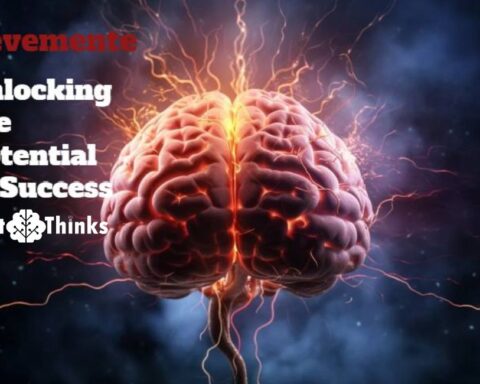Introduction
Life is a beautiful journey filled with various stages, each marked by unique experiences and growth. Understanding these stages is crucial in appreciating not just our development but also in empathizing with others around us. This guide delves into the different stages of life, offering insights into the physical, emotional, and psychological changes that occur. From the innocence of infancy to the wisdom of old age, every stage plays a pivotal role in shaping who we are. Whether you’re a young adult stepping into independence or a senior embracing the twilight years, this article will illuminate the path of life’s fascinating journey. So, let’s embark on this explorative venture through the stages of life, enriching our understanding of the human experience.
Infancy Stage
The infancy stage is the first chapter in the narrative of our lives. Spanning from birth to around two years of age, this stage is foundational to our development. During infancy, individuals undergo rapid physical growth, their bodies and brains developing at an astonishing rate. Cognitive development is also significant, with the brain forming numerous neural connections. It is a period marked by discovery and learning through simple interactions. The role of caregivers is paramount during this stage, as nurturing and early childhood care significantly impact an infant’s emotional and social development. Understanding this stage helps in appreciating the remarkable growth and development that occurs in the earliest years of life, setting the stage for future learning and interactions.
Childhood Stage
The childhood stage, following infancy, covers the period from ages two to twelve. It’s a time of incredible growth and change. Physically, children grow at a steady pace, gaining skills in coordination and motor functions. Emotionally and socially, this stage is marked by the development of friendships, the beginnings of formal education, and a growing understanding of the world around them. Children in this stage start to form their own thoughts and opinions, influenced by their family environment and educational experiences. It is during childhood that the foundations for future stages of development are laid. Encouraging exploration, learning, and social interaction during this stage is vital as it shapes a child’s personality and their approach to the world.
Adolescence Stage
Adolescence is one of the most dynamic stages of life, typically ranging from age 13 to 19. This period is characterized by significant physical, emotional, and social changes. It’s a time of puberty, where adolescents experience growth spurts and hormonal changes. Emotionally, this stage is marked by a search for identity, independence, and self-awareness. Adolescents begin to form their own opinions, often challenging authority and exploring different social roles. Socially, peer relationships become increasingly important, influencing behaviors and attitudes.

Early Adulthood
Early adulthood, spanning from around 20 to 40 years of age, is a stage full of significant life decisions and milestones. It’s a period marked by the pursuit of career goals, intimate relationships, and personal independence. Physically, individuals are at their peak, with high energy levels and resilience. Emotionally and socially, early adulthood is often a time of exploring personal relationships, starting families, and establishing a sense of self in the wider world. Career development takes a central role, as individuals work towards achieving professional success and financial stability. This stage is pivotal in laying the groundwork for future life stages, with decisions made during this period having long-lasting impacts. Navigating early adulthood involves balancing personal desires with societal expectations, a challenge that shapes the trajectory of one’s life journey.
Midlife Stage
The midlife stage, often occurring between 40 and 65 years of age, is a period of reflection, assessment, and significant transition. Physically, individuals may begin to experience the first signs of aging, such as decreased energy levels and changes in health. Emotionally, this stage can bring about a reevaluation of life choices and achievements, commonly referred to as a ‘midlife crisis.’ It’s a time when individuals often assess their career accomplishments, the quality of their relationships, and their overall life direction. Socially, responsibilities may shift from raising children to caring for aging parents. Midlife is also an opportunity for growth, allowing individuals to pursue new interests, deepen relationships, and realign life goals. Understanding this stage helps in navigating the complex emotions and changes that occur, offering a chance for renewal and self-discovery.
Conclusion
In conclusion, exploring the various stages of life gives us a deeper understanding and appreciation for the journey we all embark upon. From the innocence and rapid development of infancy to the reflective and wisdom-filled years of late adulthood, each stage holds its unique challenges and opportunities. Recognizing and embracing the distinct characteristics of each stage can lead to a more fulfilling life journey. As we navigate through these stages, it’s important to remain adaptable, open to learning, and compassionate towards ourselves and others. Life is a continuous process of growth and change, and understanding its stages helps us to better navigate its complexities. Let this guide be a reminder that every stage of life is valuable and contributes to the rich tapestry of our human experience. Embrace each stage with curiosity and courage, knowing that each one brings its own unique set of experiences and lessons.






